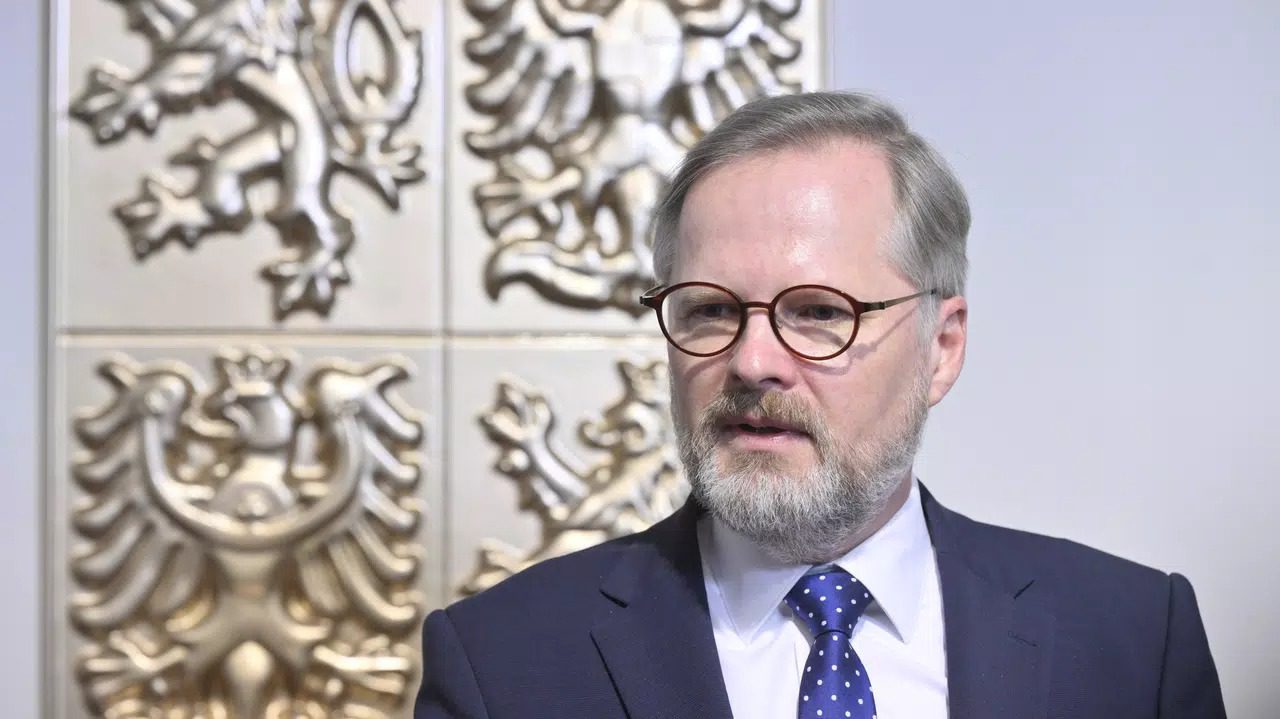The Prime Minister of the Czech Republic, Petr Fiala, plans to use approximately 100 billion CZK (about 4.6 billion USD) in energy group ČEZ’s contributions to the state to help combat high electricity prices, build highways, and fund defense expenditures.
The government will use every penny of this amount to benefit citizens and companies. However, Karel Havlíček, a former Minister of Industry and Trade from the opposition movement ANO, referred to the energy group’s net profit concerning high energy prices as a cruel joke on social media.
Last year, the net profit of the semi-state-owned company soared to a record-breaking CZK 80.7 billion from CZK 9.9 billion in the year before. According to the company, the significant increase reflects the enormous price growth resulting from Russia’s invasion of Ukraine, record commodity trading profits on foreign markets, and the high operational reliability of ČEZ’s power plants.
The state, which owns approximately 70% of the shares through the Ministry of Finance, will receive a newly introduced tax on unexpected profits and contributions from excessive revenues from production, totaling between CZK 30-40 billion, as well as CZK 26-30 billion in regular income tax. Furthermore, the dividend could amount to CZK 44 billion, with a total of over CZK 100 billion that ČEZ will pay the state this year, according to the company’s CEO, Daniel Beneš.
Fiala stated that most funds would assist with high energy prices resulting from the Russian invasion of Ukraine. At the same time, the record income will enable increased investment in road and highway construction and defense spending.
The Prime Minister stated that the country would be forced to borrow more money without these funds. However, according to Havlíček, the Czech Republic has the highest electricity prices in terms of purchasing power in the European Union, the highest increase in its worth during the first half of last year, and one of the highest caps in Central Europe.








